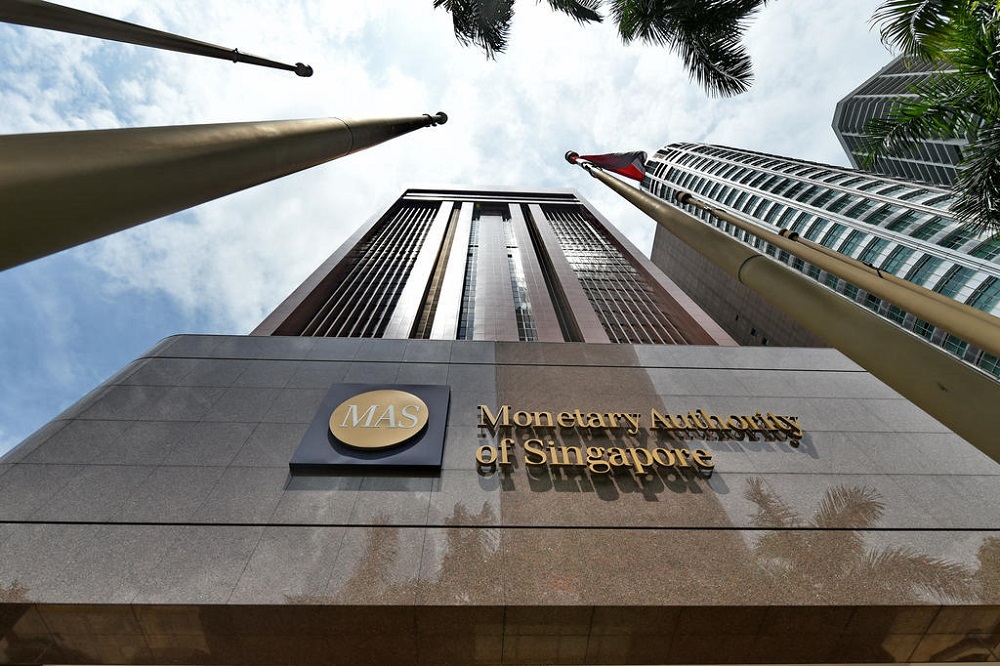SINGAPORE, April 14 — The Monetary Authority of Singapore (MAS) has left its monetary policy stance unchanged as Singapore’s economy continues on an uneven path to recovery from its worst economic recession since independence.
In its April monetary policy statement today, the central bank said that it will maintain its monetary policy band at a neutral stance in view of a weak core inflation outlook.
This means that the Singapore dollar’s rate of appreciation remains at 0 per cent, in line with market expectations.
The midpoint of the policy band and its width will also remain unchanged.
Core inflation — which excludes price-volatile items like private transport and accommodation costs — is projected to rise gradually for the rest of this year and come in at between 0 and 1 per cent, the authority said.
But the core inflation level will still remain below its historical average given that some sectors hit harder by the Covid-19 pandemic will continue to face challenges, MAS said.
“As core inflation is expected to stay low this year, MAS assesses that an accommodative policy stance remains appropriate,” the statement said.
Despite the weak outlook, MAS revised its headline inflation forecast, with overall consumer prices expected to rise between 0.5 and 1.5 per cent for the whole of 2021, compared to -0.5 to 0.5 per cent previously.
This is because private transport and accommodation costs have risen by more than expected in the first two months of the year, due to higher petrol prices and firm demand for cars and rental accommodation, the authority said.
The MAS manages monetary policy bi-annually by tweaking its exchange rate settings, rather than through interest rates as other central banks do. The Singapore dollar is allowed to rise or fall against the currencies of its main trading partners within an undisclosed policy band, known as the Singapore dollar nominal effective exchange rate or S$NEER.
MAS uses three policy levers when making adjustments to its monetary policy: By changing the slope of the band, by lowering or raising the midpoint of the band, or by widening or narrowing the upper and lower limits of the band.
The Singdollar may appreciate or depreciate against this basket of currencies, as long as it stays within this band.
MAS said prospects for the global economy have improved as a result of the significant fiscal stimulus governments all over the world have pumped into their economies and more vaccines being deployed in several major countries.
“These developments have underpinned a marked strengthening in business and consumer confidence, which has started to feed through to a more rapid expansion in production and spending,” said MAS.
Singapore’s economy will sustain an above-trend pace of growth for the rest of 2021 as global demand improves, with trade-related and modern services sectors likely to show steady growth, it added.
Advanced estimates from the Ministry of Trade and Industry showed that Singapore’s economy grew 0.2 per cent in the first quarter of this year, compared to the same period a year ago. This is the first quarterly growth the economy has registered since the pandemic started in January last year.
However, MAS also warned that the coronavirus continues spreading unabated in many regions and international mobility restrictions will continue to hinder the recovery in travel-related services.
MAS said that Singapore’s economic growth would likely exceed the upper end of the current forecast of a between 4 and 6 per cent growth for 2021, if there are no setbacks to the global economy.
“However, significant uncertainties remain, including the possibility of further virus mutations and premature relaxation of social restrictions by governments, which could derail the global and domestic recovery,” it said. — TODAY






















